Press Release: Veritas Press C.I.C.
Author: Kamran Faqir
Article Date Published: 20 Sept 2025 at 12:10 GMT
Category: Middle East | Yemen | US-Israel At War
Source(s): Veritas Press C.I.C. | Multi News Agencies
Flags, Threats, and Missiles – Israel and Yemen’s Ansarallah on Collision Course.
Sanaa/Tel Aviv — In a volatile war of words and missiles stretching from Gaza to the Red Sea, Israel and Yemen’s Ansarallah movement are testing each other’s limits. At the centre of the latest flare-up: Israeli Defence Minister Israel Katz’s threat to assassinate Houthi leader Abdul-Malik al-Houthi and “raise the Israeli flag” over Sanaa. The response from Ansarallah was as scornful as it was defiant.
Mohammad al-Farah, a senior member of the Ansarallah political bureau, dismissed Katz’s statement as “delirious propaganda.” Writing on X, al-Farah mocked Israel’s security failures:
“Before talking about Sana’a, you had better end the shutdown of Eilat Port. You speak of occupying Sana’a, yet you cannot even reclaim your own ship, the Galaxy Leader.”
The exchange encapsulates how the war in Gaza has spilt into Yemen, threatening to ignite a wider regional conflict that could reshape the Middle East’s balance of power.
Katz’s Flag Rhetoric And Assassination Threats:
In a series of social media posts, Katz warned that al-Houthi’s time was running out.
“Abdul-Malik al-Houthi, your turn is coming,” he wrote. “You will be sent to meet your government and all members of the axis of evil waiting in the depths of hell.”
He added: “The slogan ‘Death to Israel, a curse on the Jews’ written on the Houthis’ flag will be replaced by the Israeli blue-and-white flag that will fly over the capital of a united Yemen.”
The brazen comments drew alarm across the region, not only for their symbolism but for their implications. By speaking of raising flags in Sanaa, Katz evoked imagery of conquest and occupation, a vision analysts say is detached from Israel’s actual military reach.
“This is not about a realistic battle plan; it is about signalling toughness to a domestic audience,” said Elisabeth Kendall, a Middle East scholar at Oxford University. “But such rhetoric risks escalation that neither side may fully control.”
Ansarallah’s Expanding Campaign:
Farah’s mocking response was grounded in Ansarallah’s growing battlefield confidence. Over the past six months, Yemen’s armed forces have launched more than 80 ballistic missiles and at least 40 drones at Israel, according to Israeli military estimates.
On September 18, Houthi spokesperson Brigadier General Yahya Saree announced three new operations: a Palestine-2 hypersonic missile launched at Tel Aviv, drone strikes on Eilat, and another drone attack on Beersheba.
“Eilat will remain under the continuous targeting of our military operations,” Saree declared on al-Masirah TV.
Israeli media confirmed the damage. Channel 12 reported a drone detonated in the courtyard of the Naveh Hotel in Eilat, blowing out windows and causing panic among guests. Other outlets said Ramon Airport temporarily halted flights.
For Ansarallah, these strikes are positioned as solidarity with Palestinians under Israeli bombardment in Gaza. “Our operations will continue until Israel halts its genocide,” Saree vowed.
Israel’s Retaliatory Strikes In Yemen:
Israel has responded with increasingly lethal airstrikes on Houthi-controlled territory.
On August 28, an Israeli strike on Sanaa killed Prime Minister Ahmed Ghalib al-Rahawi and at least 11 other ministers of the Houthi government. Earlier this month, Israeli jets bombed a press complex in Sanaa, killing 31 journalists and media workers. Israel claimed the building served as a propaganda and command hub for Ansarallah; rights groups condemned the attack as a blatant violation of international law.
“The deliberate targeting of journalists and media infrastructure is indefensible,” said Sherif Mansour of the Committee to Protect Journalists. “It sets a dangerous precedent in a war already marked by civilian suffering.”
More recent strikes on Hodeidah and Al-Jawf have killed dozens more civilians, according to local health authorities. The United Nations warned that the escalation “poses grave risks to regional stability and has already inflicted unacceptable harm on civilians.”
Vulnerabilities At Sea And In The South:
Behind al-Farah’s mocking tone lies a strategic reality: Israel’s southern port of Eilat is struggling. Maritime traffic has slowed to a trickle under the threat of Houthi naval strikes. Shipping lines avoid docking at Israeli ports, with many vessels sailing under foreign flags to evade Yemeni attacks.
The seizure of the Galaxy Leader, a cargo ship linked to Israeli businessman Rami Ungar, remains a symbolic wound. Despite Katz’s threats, Israel has not reclaimed the vessel, which Ansarallah paraded as a prize of resistance.
“The Houthis have effectively weaponised the Red Sea,” said Michael Stephens, an analyst at the Royal United Services Institute. “It’s not just about missiles, it’s about undermining Israel’s image as a secure and reliable hub for global trade.”
Propaganda, Legality, And Symbolism:
The confrontation is as much about perception as about firepower. For Israel, Katz’s threats aim to project dominance and deterrence. For Ansarallah, mocking those threats underscores Israel’s vulnerability.
Legal experts, however, argue Katz’s words cross a dangerous line. “Threatening the assassination of a foreign political leader and the replacement of a national flag verges on incitement to unlawful aggression,” said Sarah Leah Whitson of Democracy for the Arab World Now. “It highlights the erosion of international norms in this conflict.”
A Region On The Brink:
The confrontation between Israel and Yemen now risks entangling more players. Iran’s support for Ansarallah, Saudi Arabia’s fragile ceasefire with the Houthis, and the strategic importance of the Bab al-Mandeb strait all heighten the stakes.
Shipping insurers warn of skyrocketing premiums, while aid agencies say the strikes on Yemen threaten to deepen one of the world’s worst humanitarian crises.
“The danger here is not just Gaza and not just Yemen,” said a UN diplomat in New York. “It’s the possibility of the Red Sea becoming a central front in a regional war that nobody can contain.”
For now, Katz’s threats and al-Farah’s mocking replies remain words. But with missiles falling on Eilat, airstrikes killing ministers in Sanaa, and journalists buried in rubble, the symbolic war of flags could quickly turn into a very real escalation with catastrophic consequences.
Conclusion: Flags, Fragility, Psyops And The Doctrine Of Lawless Expansionism.
Israel Katz’s threat to raise the blue-and-white flag over Sanaa was not an isolated outburst of wartime bravado but part of a deliberate strategy of psychological warfare. Israeli leaders have repeatedly deployed threats of annihilation, symbolic flag imagery, and publicised assassinations as tools of perception management, attempting to compensate for battlefield vulnerabilities with a theatrical projection of dominance.
But Ansarallah’s mocking response, pointing to Israel’s inability to secure its own ports, reclaim seized vessels, or sail under its own flag without concealment, has turned these psyops into a mirror of fragility. Katz’s rhetoric, far from deterring Yemen’s forces, reinforces the narrative that Israel is overstretched and losing its grip on deterrence.
More troubling is the larger pattern these threats and strikes reveal. Israel’s reliance on psyops is not simply about managing adversaries; it reflects a doctrine of lawless expansionism, in which assassinations, sovereignty violations, and territorial intrusions are not exceptions but instruments of state policy. The August bombing of Sanaa’s leadership compound, the ongoing strikes in Lebanon and Syria, and the unprecedented bombing of Doha all point to a deliberate normalisation of cross-border impunity. Each act demonstrates a calculated disregard for international law and the sovereignty of neighbouring states, signalling that Israel views no boundary as sacrosanct in its pursuit of escalation.
This doctrine is as destabilising as it is dangerous. It risks cementing a Middle East in which non-state actors dictate maritime trade, states weaponise psyops against entire populations, and civilian sanctuaries, from Gaza to Yemen to Qatar, are rendered legitimate targets. Far from isolating its enemies, Israel’s strategy fuels their legitimacy by portraying them as the last line of resistance against unchecked aggression.
The flag Katz dreams of planting in Sanaa is not a symbol of victory but of desperation, a projection of power masking the erosion of deterrence and legitimacy. Unless global powers confront this trajectory of lawless expansionism, the Middle East may be pushed past the point of systemic collapse, where psychological wars and physical wars become indistinguishable, and sovereignty itself is reduced to rubble.


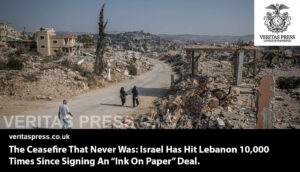





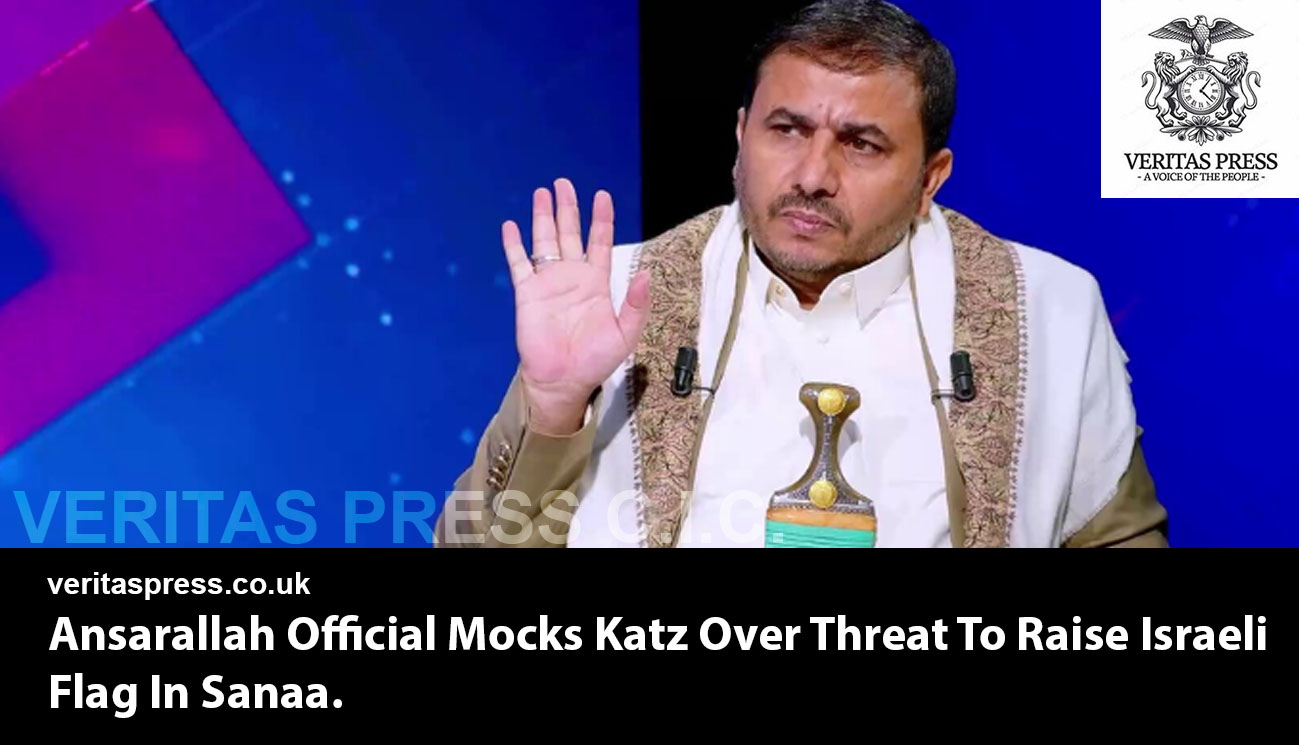


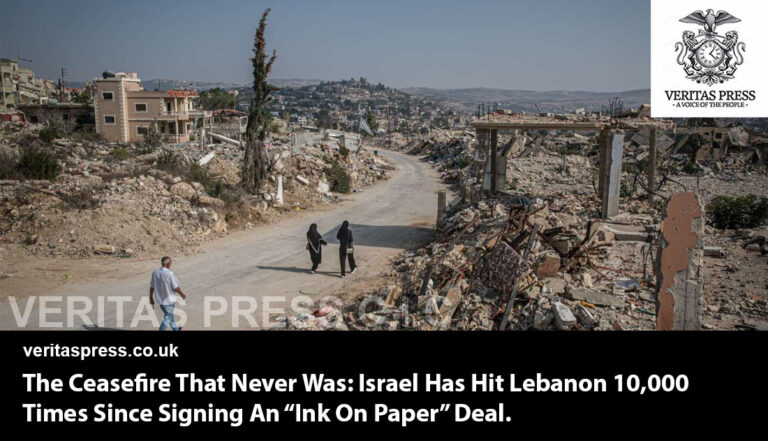






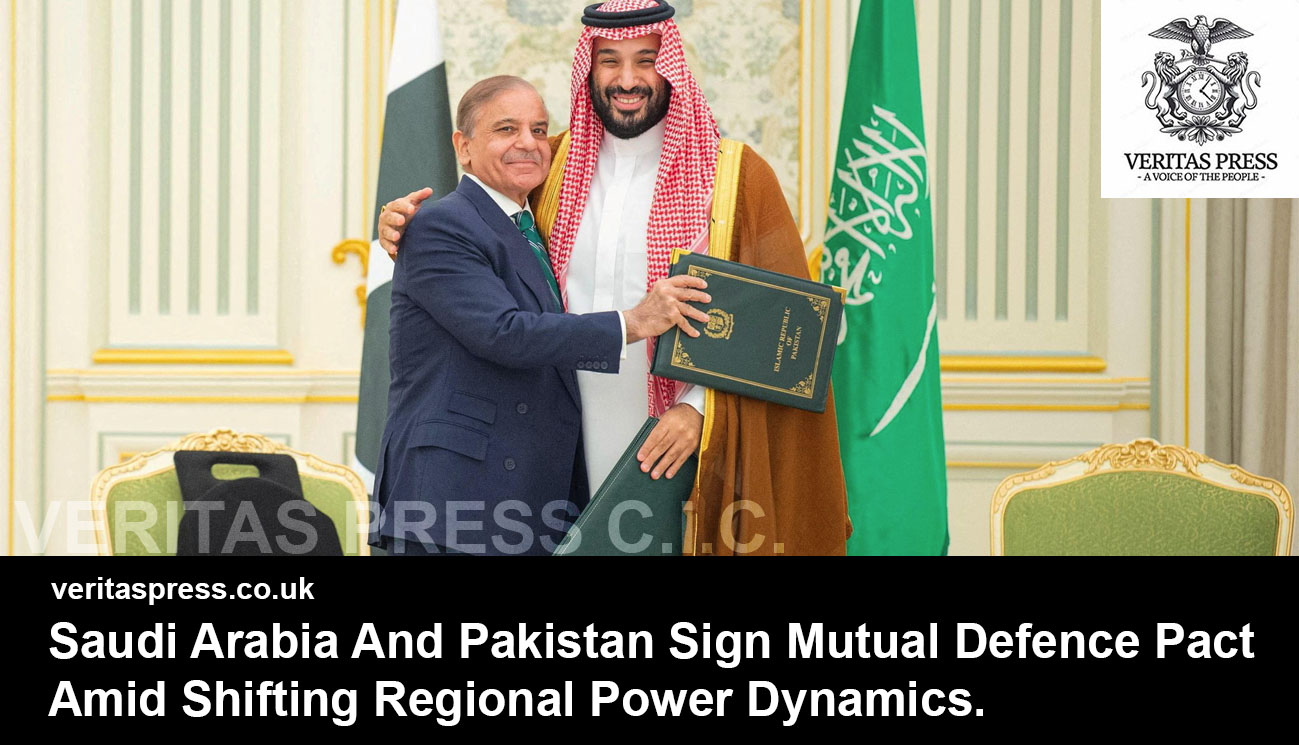
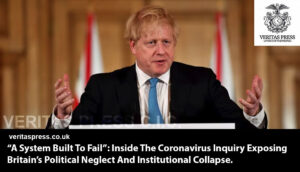
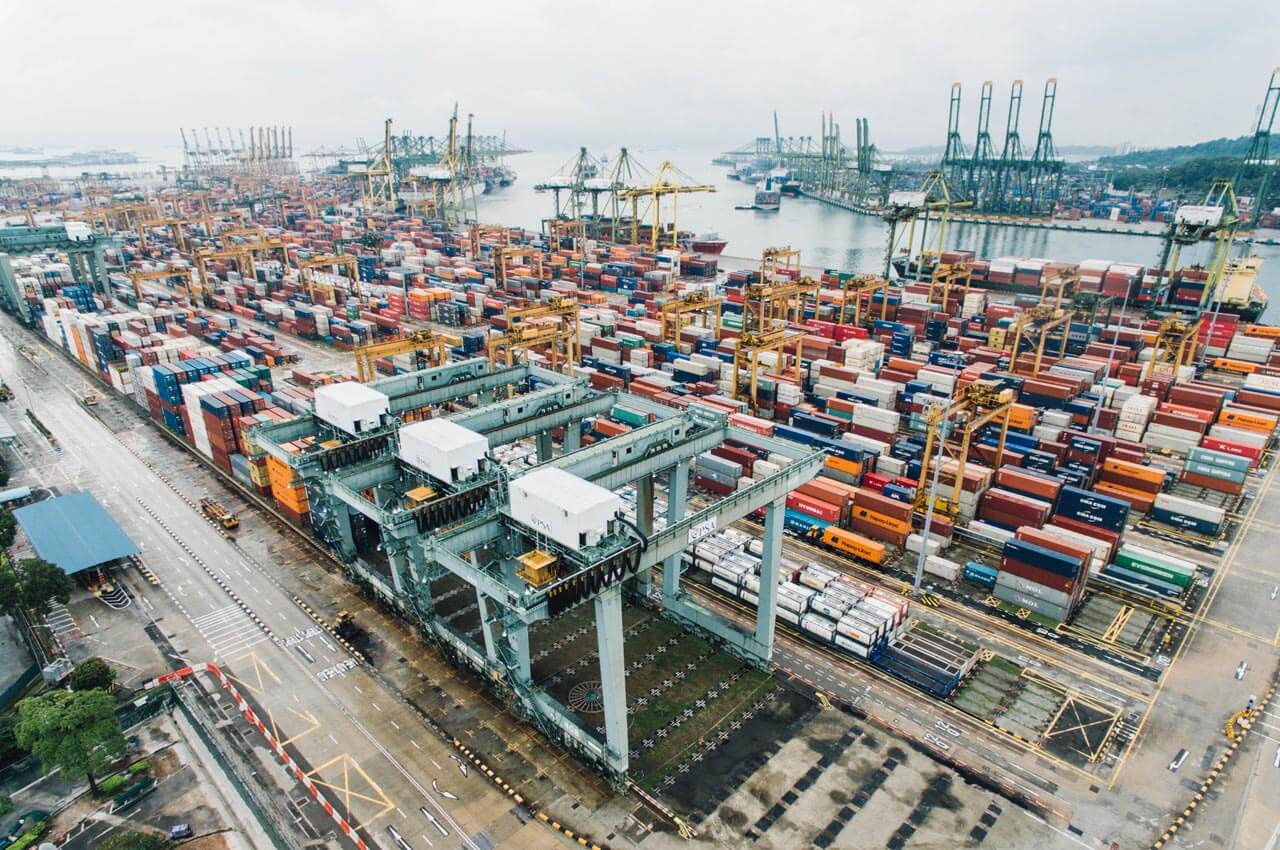









Leave a Reply